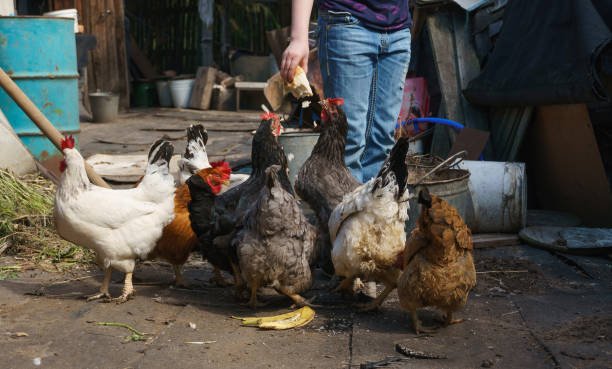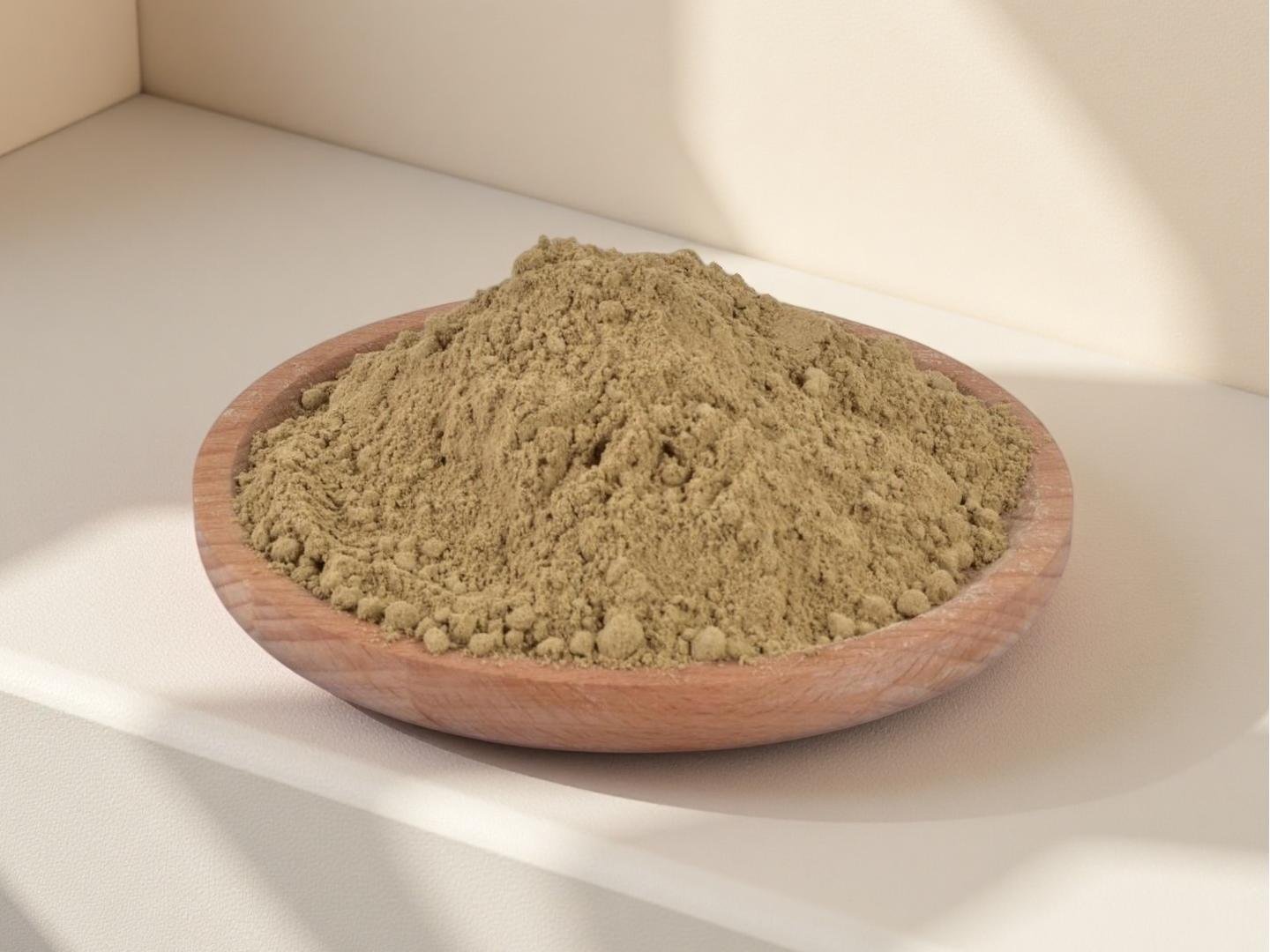No. 1-2, Songyun Road, Zhangjialou Town, Huang dao District, Qingdao City, Shandong Province
Room 1601, Building C, International Trade Building, No. 228, Changjiang Middle Road, Huangdao District, Qingdao City, Shandong Province

A comprehensive analysis of the functionality and feeding effects of defatted insect meal. In general, defatted insect meal is a functional feed ingredient that is high in protein, high in fat (even after defatting), and rich in a variety of essential amino acids and minerals. Its natural properties also provide excellent feeding effects. This detailed explanation is divided into two parts: 1. The functionality of functional defatted insect meal (using the most common defatted black soldier fly meal and yellow mealworm meal as examples) is primarily reflected in its nutritional composition.
1. High-Quality Protein Source
· High Protein Content: After defatting, the protein content of insect meal is significantly increased, with black soldier fly meal containing 54%-60% protein and yellow mealworm meal containing 60%-70% protein, making it a true "protein concentrate."
· Good Amino Acid Balance: Insect protein contains all essential amino acids, particularly sulfur-containing amino acids (methionine and cystine) and lysine, which are shortcomings of some plant-based proteins (such as soybean meal). A favorable amino acid profile ensures high protein digestibility and biological value.
2. A valuable source of fat and energy (even after defatting)
· The defatting process removes most of the fat, but typically 5%-15% remains. This fat is an excellent source of medium-chain fatty acids and long-chain unsaturated fatty acids.
· High lauric acid content: Black soldier fly larvae oil is particularly rich in lauric acid (approximately 30%-50% of the total fat content). Lauric acid has natural antibacterial and antiviral properties, helping to maintain intestinal health in animals and reducing reliance on antibiotics.
· Essential fatty acids: Containing linoleic acid and linolenic acid, they are crucial for animal growth and development, skin health, and reproductive performance.
3. Rich in Minerals and Vitamins
· Excellent Calcium-Phosphorus Ratio: Black soldier fly larvae powder, in particular, is exceptionally high in calcium, with a calcium-to-phosphorus ratio approaching 2:1. This makes it a natural, highly bioavailable calcium-phosphorus supplement, beneficial for aquatic animals (crustaceans need to molt), poultry (eggshell quality), and pets (bone health).
· Trace Elements: Rich in trace elements such as iron, zinc, selenium, and magnesium. · Vitamins: Contains B vitamins such as riboflavin (B2) and pantothenic acid (B5).
4. Functional Ingredients and Health Promotion
· Chitin: Insect exoskeletons contain chitin. Chitin and its derivative, chitosan, have been shown to modulate immunity, promote the growth of beneficial bacteria (such as lactic acid bacteria), and inhibit harmful bacteria, making it a natural prebiotic.
· Antimicrobial Peptides: Antimicrobial peptides are naturally present in insects, and these active substances may be partially retained during processing, helping to enhance animals' disease resistance.
Defatted Insect Meal Has a Significant Feeding Effect, Primarily Due to the Following Factors:
1. Natural attractant
· Insects are natural prey for many animals (such as poultry, aquatic animals, and pet cats and dogs). Therefore, the natural animal-like odor emitted by insect meal is inherently attractive to them.
· Insect meal contains a variety of free amino acids, small peptides, and nucleotides, which act as natural "umami enhancers" that strongly stimulate animals' olfactory and taste receptors, increasing their appetite.
2. Unique fatty acid profile
· The retained fat in insect meal, especially after gentle processing, contains unique fatty acid flavor compounds that are highly attractive to animals. Studies have shown that adding a small amount of insect meal to aquatic feed can significantly increase the feeding rate and growth rate of fish and shrimp.
3. Improve feed palatability
Replacing fish meal or soybean meal with insect meal can mask the off-flavors of certain plant proteins (such as beany), making the overall flavor of the feed more palatable to animals and reducing picky eating and food refusal.

Application Areas and Summary
| Application Areas | Main Functional Effects | Feed Attractant Effect |
| Aquatic Feed (Fish, Shrimp, Crab) | A fish meal alternative, providing high protein and balanced amino acids; its excellent calcium-to-phosphorus ratio promotes molting and bone health in crustaceans. | Excellent results. Natural aquatic insects are a natural bait for fish and shrimp, offering strong attractants that increase feed intake and growth rate. |
| Poultry Feed (Chicken, Duck) | High-quality protein and energy source; lauric acid and chitin contribute to intestinal health and reduce disease. | Excellent results. Chickens and ducks have a natural tendency to eat insects, significantly increasing their feed intake. |
| Pet Food (Cats, Dogs) | Highly digestible animal protein, suitable for carnivorous pets; can serve as an alternative protein source to address food allergies. | Excellent results. The rich meaty flavor is highly appreciated by pets, especially those with picky eaters. |
| Specialty Farming (Pigs, Furry Animals) | Promotes growth, improves fur quality, and enhances immunity. | Significant results. It can improve the palatability of feed and increase daily weight gain. |
Conclusion:
Defatted insect meal is a strategic new feed ingredient that combines high nutritional value, health-promoting properties, and excellent feeding attractant properties. It not only effectively replaces increasingly scarce and expensive fish meal, alleviating overreliance on plant proteins like soybean meal, but also improves animal health through its functional ingredients and enhances animal production performance through its natural feeding attractant properties, thus aligning with the sustainable development of the livestock industry. With increasing acceptance within the aquaculture industry and advancements in insect farming technology, its application prospects are promising.